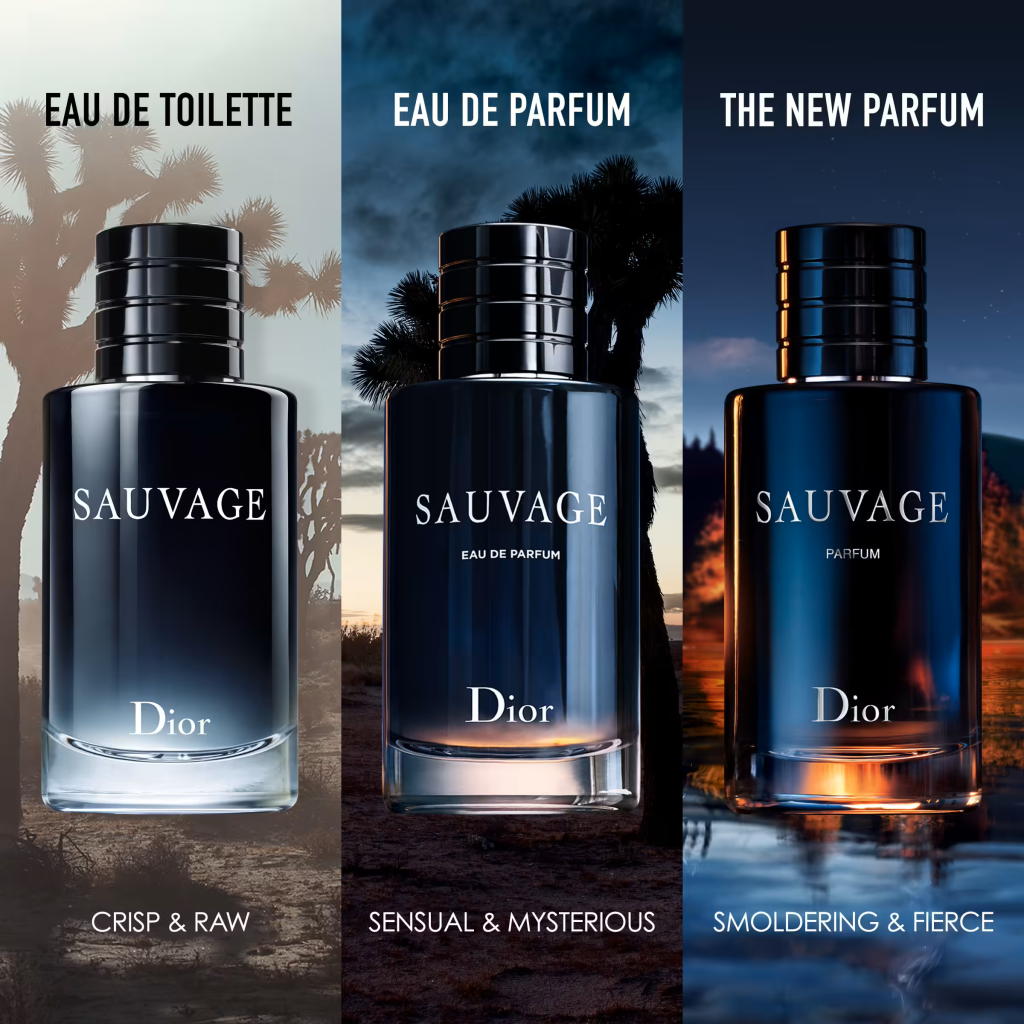| Name | Sauvage — Eau de Parfum |
| Fragrance type / Family | Aromatic / Oriental-Fougère |
| Launch year | 2018 |
| Perfumer (Nose) | François Demachy |
| Top notes | Reggio di Calabria bergamot |
| Heart (middle) notes | Papa New Guinean Vanilla Extract, Ambroxan |
| Bottle design / Special features | Midnight-blue gradient glass bottle in the Sauvage family style |
| Common sizes (official / widely sold) | 30 ml, 50 ml, 100 ml, 200 ml, 500 ml |
| Typical retail price (approx.) | ~€120–€150 |
| Longevity / Projection (performance) | Longevity: 6–10+ hours
Projection / sillage: moderate-to-strong projection initially with a long-lasting trail for several hours; EDP is richer and longer lasting than the original EDT |












